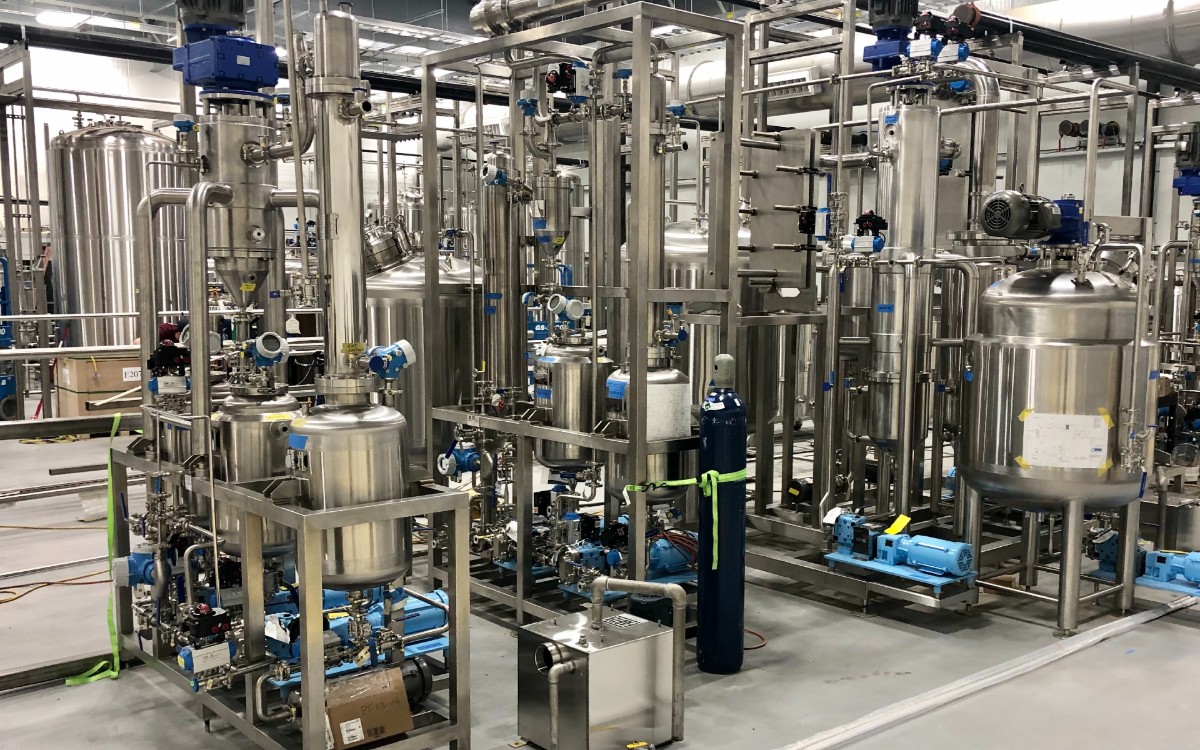
Do I Need a Permit for My Cannabis Cultivation and/or Processing Operation?
Cannabis cultivation and processing facilities include facilities that grow, dry, process, and/or extract cannabis products. The term cannabis refers to the plant species Cannabis Sativa L. Hemp is a class of the Cannabis Sativa plant species specifically cultivated for industrial or medical use.
The need for an Air Permit will depend on the size of and capacity of heating and/or drying systems, type of fuel used, the volume of solvent used in extraction, and/or the biomass throughput. Cannabis cultivation facilities are sources of odors and volatile organic compounds (VOCs). Drying facilities are sources of particulate matter (PM) from handling of dried materials as well as VOCs and increased odors resulting from the drying process. Extraction facilities can be sources of VOCs and Hazardous Air Contaminants (HACs) resulting from the loss of volatile extraction solvent to the atmosphere. Prospective owners or operators of cannabis cultivation or processing facilities are encouraged to reach out to the Air Quality and Climate Division’s Engineering Services Section for a permit determination regarding your project. Even if a permit is not required, cannabis cultivation and processing facilities are still required to comply with all applicable state and federal environmental and air quality laws.
Cannabis Cultivation
Cannabis cultivation facilities grow cannabis products for recreational and medical use. Cannabis plants, when cultivated in large numbers over a small area, can lead to environmental concerns that result from releases of biogenic volatile organic compounds (BVOCs) in the form of monoterpenes. When released to the atmosphere, these BVOCs can contribute to the formation of ground-level ozone, particulate matter, and objectionable odors.
The Air Quality and Climate Division (AQCD) estimates that an Air Pollution Control Permit to Construct may be required for indoor cannabis cultivation facilities with greater than 25,000 square feet of canopy area. Even if an air permit is not required, the AQCD encourages owners and operators of indoor cannabis cultivation facilities to install and operate properly sized carbon adsorption emission controls to mitigate the amount of VOC and odors released to the atmosphere. Exhaust stacks should comply with the Agency’s stack height and rain guard guidance.
In general, exhaust stacks should be vertical, unobstructed, and have sufficient height to ensure appropriate upward dispersion of the exhaust.
Cannabis Extraction
Cannabis extraction facilities may use a variety of methods for extracting desired cannabinoid compounds from plant material, namely tetrahydrocannabinol (THC) and cannabidiol (CBD). Common processes used with CBD and cannabinoid extraction involve the use of ethanol as a solvent, although other solvents may be used. While much of the solvent can often be recovered, there are still residual and fugitive emissions associated with the extraction process. If those emissions are large enough, an Air Pollution Control Permit to Construct may be required. Generally, if evaporative losses of ethanol exceed 1,500 gallons per year, a permit will be required.
Cannabis Drying
Cannabis drying facilities are sources of PM emissions resulting from the handling of dried plant material and VOCs from the drying of the plants themselves. The drying equipment can also be a source of combustion emissions including PM, carbon monoxide (CO), oxides of nitrogen (NOx), VOC and Hazardous Air Pollutants (HAPs). In some cases, the drying equipment may be large enough to trigger a permit on its own, such as fossil fuel burning equipment with 10 million British Thermal Units (BTUs) of heat input or greater. Even if a permit is not required, drying operations create increased odors and must be properly controlled to eliminate odors from traveling beyond the property line of the premises. The AQCD recommends owners and operators of cannabis drying operations to install and operate carbon adsorption controls, thermal oxidizer, or another suitable VOC and odor control device on all dryer outlets. Particulate matter controls (e.g. cyclone, baghouse, etc) may also be required if drying or handling of dried plant material causes particulate matter to be released to the atmosphere.
State Regulations for Cannabis Cultivation and Processing Facilities
The State of Vermont Cannabis Control Board regulates the cultivation, processing, manufacturing, testing and sale of recreational cannabis products in the state of Vermont.
What Do I Need to do to Obtain an Air Permit?
Your first step should be to talk with one of the permitting engineers – it might turn out that a permit is not required. If you want to read more about the air permitting process, then please refer to our Permit to Construct Application Guidance webpage for more information. Note that if a permit is required for a proposed project, you cannot commence construction until the permit has been issued.
What Other Permit or Requirements May Be Applicable to My Project?
The Department of Environmental Conservation Environmental Assistance Office has permit specialists that can provide assistance in determining what other state permits or programs may be applicable to your project. In addition, the Agency has developed a Permit Navigator that can assist in determining what permits you may need for your project.
